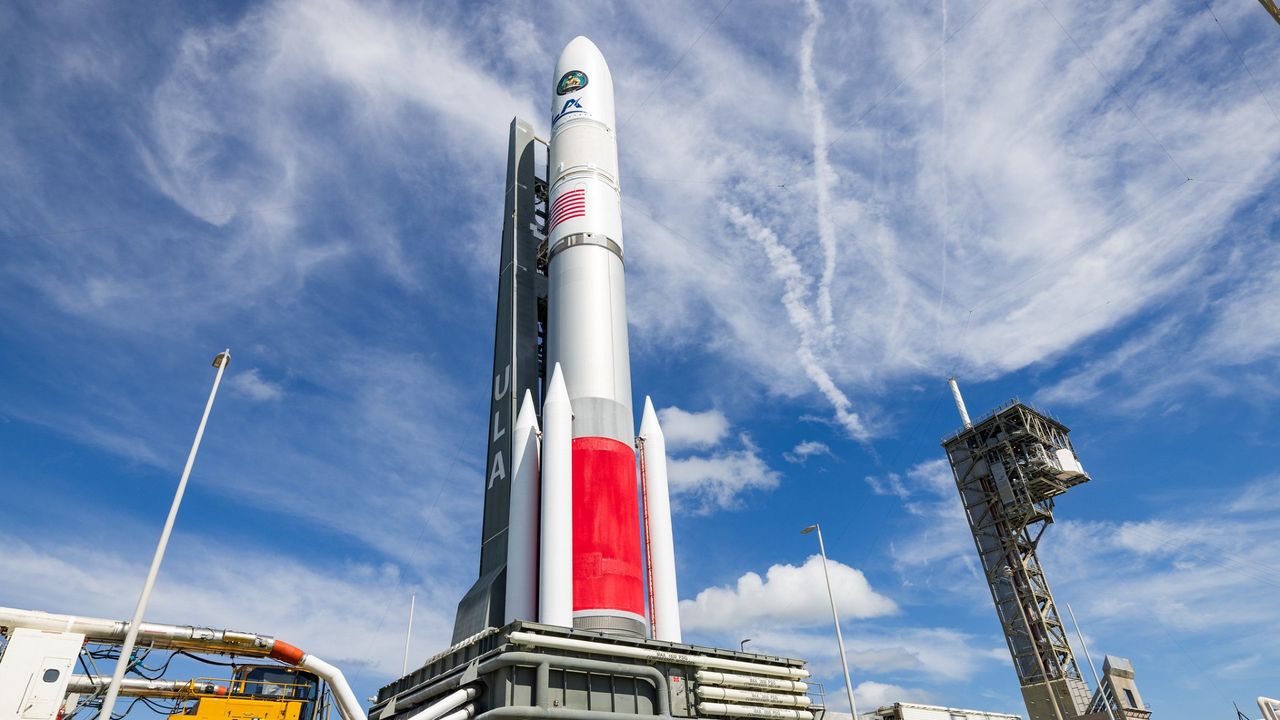United Launch Alliance (ULA) successfully launched its most powerful rocket, the Vulcan Centaur, on August 12, 2025. The mission, which took place during a one-hour launch window beginning at 19:59 ET (23:59 GMT), involved sending an experimental navigation satellite into orbit for the U.S. military. The liftoff occurred from Space Launch Complex 41 at the Cape Canaveral Space Force Station in Florida.
Weather conditions were favorable for the launch, with a 75% chance of clear skies predicted at liftoff. The Vulcan Centaur utilized four side-mounted solid rocket boosters to generate the necessary thrust for placing its payload directly into geosynchronous orbit. This mission marked one of ULA’s longest flights, covering a distance of over 22,000 miles (35,000 kilometers) and lasting approximately seven hours.
The payload for this mission was identified as the Navigation Technology Satellite-3 (NTS-3), the first experimental navigation satellite launched by the U.S. military in 48 years. Designed to provide position, navigation, and timing (PNT) data, the NTS-3 aims to enhance the resilience of navigation systems against jamming and spoofing, a growing concern for both military and commercial satellite operators.
Andrew Builta, representing L3Harris Technologies, highlighted the satellite’s advanced technologies during a media roundtable prior to the launch. The NTS-3 features a phased array antenna capable of directing powerful beams to ground forces, enhancing its ability to operate in jamming environments. Builta noted that GPS jamming has become an increasingly critical issue, prompting the need for innovative solutions being tested aboard this satellite.
In addition to its jamming resistance capabilities, the NTS-3 incorporates a software architecture that allows for reprogramming while in orbit, a feature that Builta described as “a truly transformative capability” for navigation technology.
The Vulcan Centaur rocket stands at 202 feet (61 meters) tall and has undergone two previous test flights. Its inaugural mission took place in January 2024, when it aimed to launch Astrobotic’s Peregrine lunar lander. Unfortunately, the lander encountered an anomaly and fell back to Earth, unrelated to any fault of the rocket.
The second flight occurred in October 2024, launching a mass simulator intended to prepare for the deployment of the Dream Chaser space plane. This mission also faced challenges, with a manufacturing defect causing a brief anomaly during ascent. Despite these issues, the U.S. Space Force has certified the Vulcan Centaur for national security launches, including today’s mission, establishing it as one of two certified launch providers for military and spy satellites alongside SpaceX.
Looking ahead, the Vulcan Centaur is slated to conduct over two dozen national security missions for the U.S. Space Force. The rocket’s versatility allows it to launch from both Cape Canaveral and Vandenberg Space Force Station, expanding its operational capabilities.
This launch represents a significant step forward in military navigation technology and demonstrates ULA’s commitment to providing advanced solutions for national security. As the landscape of aerial warfare evolves, the successful deployment of the NTS-3 could play a crucial role in enhancing operational effectiveness for U.S. forces.
